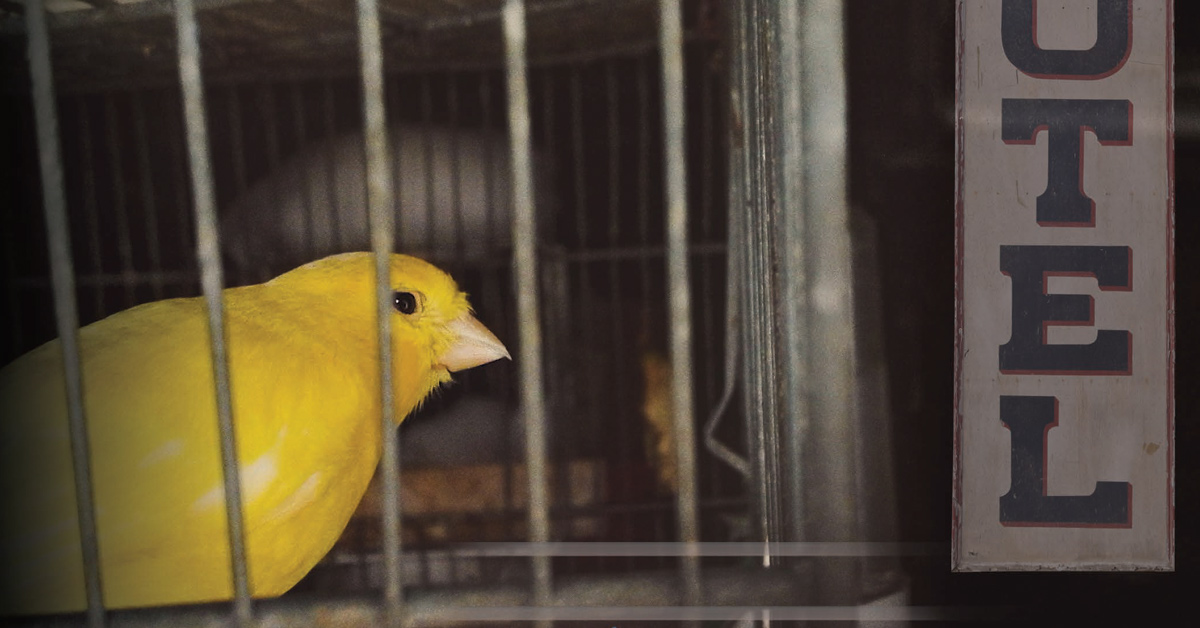Historically, commercial real estate is marked by 10- to 15-year cycles. The last cycle ended in mid-2009 through 2010, on the heels of the Great Recession of 2008. The following years have seen significant growth, with low inflation and interest rates supporting healthy leasing activity, construction and acquisitions.
This year is expected to be a positive one for the industry, although with a bit of caution in the mix. Growth is expected to remain steady due to the effects of the 2019 federal rate cuts continuing to reverberate throughout the business.
Even with this positive outlook, however, nothing is a sure bet. Some believe there are indicators that the commercial real estate cycle is coming to an end and a recession may be on the way. How does this unpredictability impact a commercial mortgage broker’s ability to access the capital they need so their borrowers can continue construction or acquisition activity in 2020?
Signs of a downturn
Certain signs suggest that the current commercial real estate cycle is ending. Although growth is expected to remain strong in specific sectors — office space and multifamily properties, for instance, are projected to perform well in 2020 — money is beginning to exit other sectors. One of the first commercial real estate types to lose traction is the hotel industry.
The hotel industry is like the canary in the coal mine. Historically, hotels are the first commercial real estate properties where growth slows or stops altogether. The appetite for hotel construction swells exponentially, hits a fever pitch and collapses. Once that collapse hits, the commercial real estate industry should begin to brace for downturns in other sectors.
In terms of hotels, the industry looks to New York City as a microcosm of what may lie ahead. The Big Apple experienced 48% growth in hotel rooms between 2006 and 2015. The number of hotels in the borough of Queens doubled, while those in Brooklyn tripled, according to the Office of the New York State Comptroller.
Hotel construction was booming. Numerous hotels changed hands as investor interest ran high. Lending conditions were favorable, with lower mortgage rates and a healthy appetite for risk from traditional lending institutions. In recent years, however, not much new hotel inventory has been added to these figures. This is the first indicator that a nationwide downward trend is underway.
Another ongoing concern for the commercial real estate market is that the political climate remains uncertain. This year is an especially unpredictable one — and not just because we are entering a period of general economic slowdown. Like many presidential election years, the 2020 contest will likely be accompanied by market volatility and instability through November.
In a world where stock prices rise and fall at the slightest winds of change, the shifts brought about during election season set a precedent for unpredictability in all sectors, including commercial real estate. The industry also is keeping an eye on the unfolding changes regarding global trade and tariffs. The trade wars between the U.S. and China, as one primary example, hold potential to upend more than simple manufacturing. The ripple effect will be felt in retail and industrial properties, among other areas.
Belt tightening
Commercial mortgage lending also is impacted by these occurrences. This important election year and uncertainty with global trade are dovetailing with the end of an economic cycle, which means one thing for lenders: proceed with caution.
Ever-cautious lending institutions tighten their belts at the first signs of a downturn. In recent months, that change has begun. A lender’s greatest fear is the unknown. As lenders begin to pull back, borrowers, developers and buyers struggle to obtain the funding they need to start, continue or complete commercial real estate opportunities.
During downturns, there are two pieces to commercial real estate lending that change. The first is credit tightening. Mortgages include higher interest rates and tighter underwriting guidelines that make loans less attainable for more borrowers. The second is the amount of risk that traditional lenders are willing to take.
During a downturn, banks look to minimize their exposure by reducing not only the amount of money they lend, but by having more restrictive criteria for the projects they accept. Entire swaths of the commercial real estate sector, such as hotels, may be considered off limits as a result. These broad-stroke decisions mean that some alluring projects will be passed over simply for not checking off all the boxes in a narrow category.
The resulting question is, can borrowers secure a commercial mortgage during a downturn? Understandably, those looking for funding may think that the cards are stacked against them as the downturn approaches. Mortgage brokers should know that funding is not an impossibility as long as you look in the right places.
Private lenders step up when risk-averse traditional lenders begin to shy away. Private lenders have more flexible parameters, which allows them to evaluate every deal on a case-by-case basis.
Enter private lenders
Private lenders step up when risk-averse traditional lenders begin to shy away. Private lenders have more flexible parameters, which allows them to evaluate every deal on a case-by-case basis. It means that potential borrowers in certain market sectors facing a downturn or uncertainty can prove their worth solely on the merits of the application.
Unlike traditional lenders, private lenders are less likely to turn down an application based on location. Traditional lenders may decline to lend to anyone in a certain geographic area that’s not considered desirable, whether due to oversaturation or distance from a population center. These same flexible parameters that allow private lenders to judge the whole deal come into play here, allowing the lender to thoroughly examine the merits of the property in question without judgment.
Private lenders are a good option at the end of a commercial real estate cycle. A lot has changed since the real estate crash of 2008. Many commercial real estate lenders and investors are more sophisticated, realizing that the sector runs in cycles and that downturns are expected.
As we approach the end of another cycle and head into a period full of politically driven twists and turns, many lenders are now preparing to ride the wave until the market is back on an upswing. The right private lending partner, however, can help navigate these choppy waters, keeping commercial real estate projects of all kinds advancing and thriving, even if the current market conditions imply otherwise.
<
Author
-
Jeffrey Wolfer is president and CEO of Silver Arch Capital Partners, a nationwide bridge lender based in Hackensack, New Jersey. He has been a driving force in the private lending industry for more than two decades. Wolfer’s achievements include more than 400 loan closings totaling more than $2 billion.





